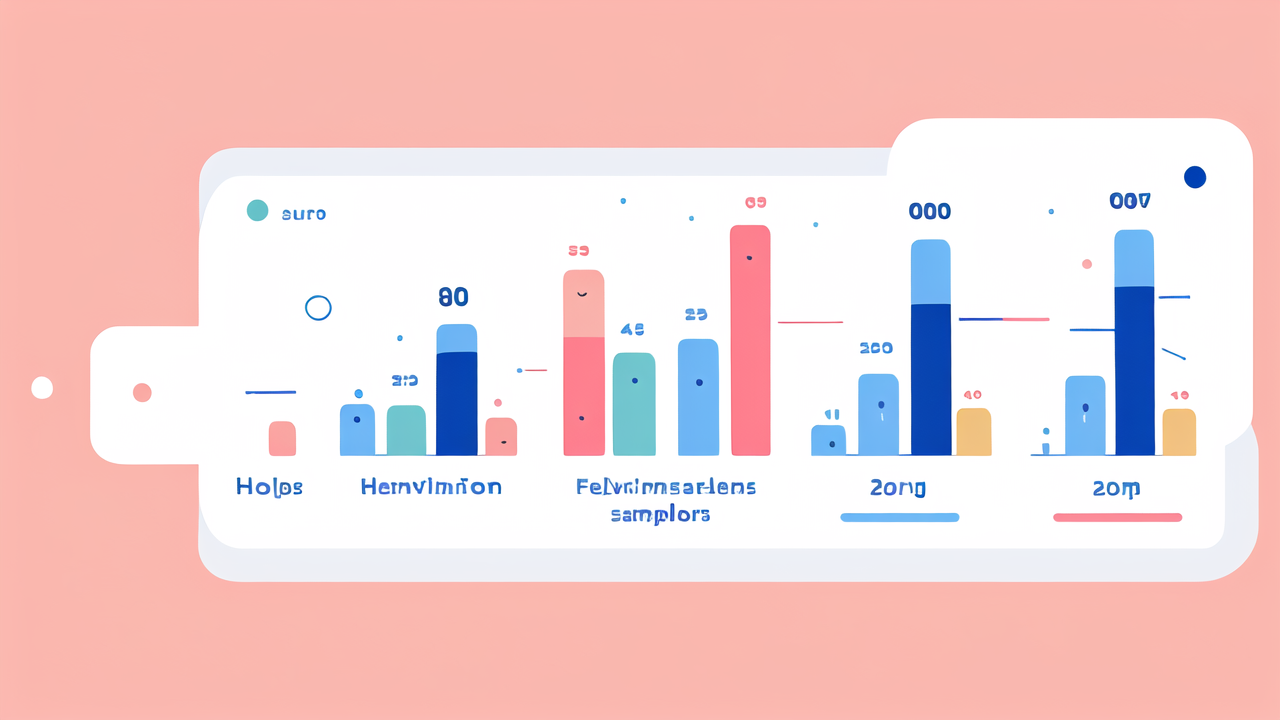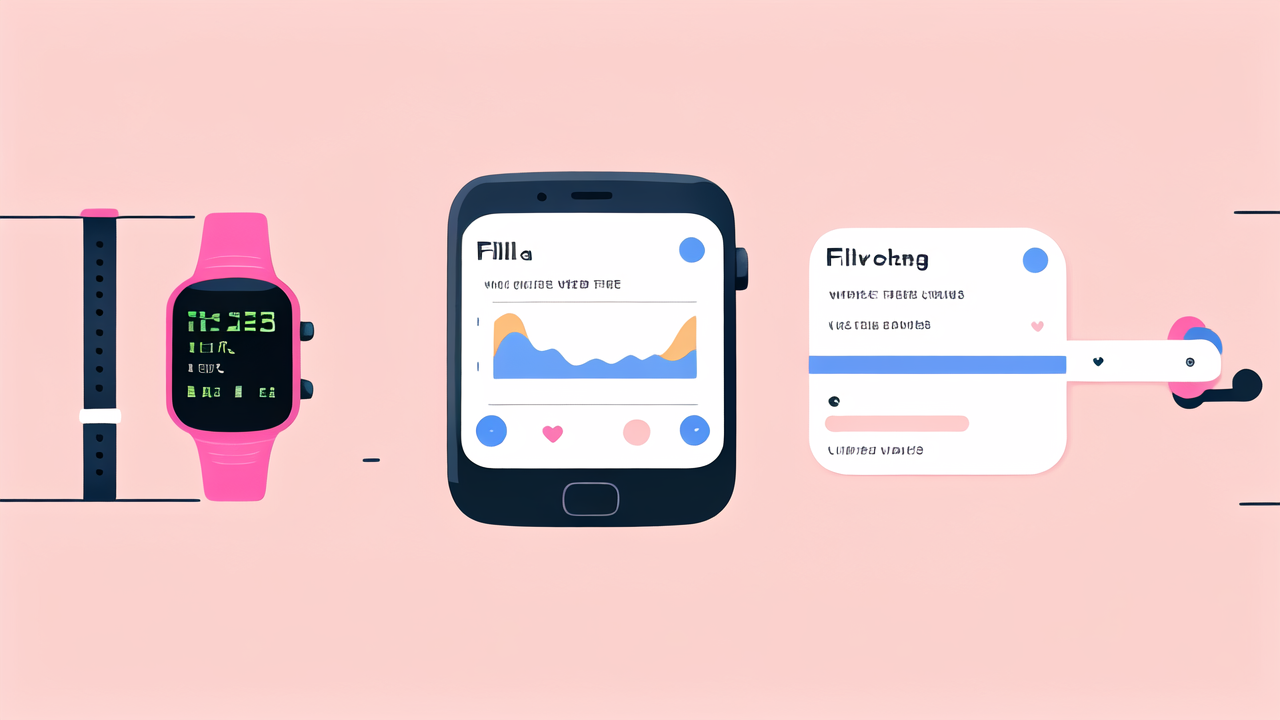The Rise of Smart Watches in the United States Market
Understanding the Adoption Curve
Smart watches have come a long way since their inception. The adoption curve in the US has been steep. At first, only tech enthusiasts bought them. Now, they're mainstream. Many factors drove this change.

Early adopters loved the novelty. They saw potential in wearable tech. As features improved, more people got interested. Fitness tracking was a big draw. So was the ability to check messages without a phone.
Price drops also helped adoption. Early smart watches were expensive. Now, there are options for every budget. This made them accessible to more people.
The curve isn't done yet. New features keep coming. This attracts even more users. The market is still growing and evolving.
Key Drivers of Market Growth
Several factors have driven smart watch growth in the US. Health and fitness tracking is a major one. People love monitoring their steps, heart rate, and sleep.
Convenience is another big driver. Smart watches let users check notifications quickly. They can make payments, control smart home devices, and more.
Fashion has also played a role. Smart watches are now stylish accessories. Many brands offer customizable designs.
Integration with smartphones has been crucial. As phones got smarter, so did watches. They work together seamlessly now.
Improved battery life has also helped. Early models needed frequent charging. Now, many last days on a single charge.
Regulatory Impact on Smart Watch Innovation
Regulations have shaped smart watch development in the US. Privacy laws affect how companies handle user data. This impacts features like health tracking and location services.
The FDA has influenced health-related features. Some watches can now detect heart issues. But they need approval first.
Wireless regulations affect connectivity features. This impacts how watches communicate with other devices.
Safety standards influence design and materials. Watches must meet certain criteria to be sold.
These rules can slow innovation. But they also ensure products are safe and reliable. It's a balance between progress and protection.
Fila and The Quest: Pioneering the Smart Watch Revolution
The History of Fila's Smart Watch Endeavors
Fila, known for sportswear, ventured into smart watches with The Quest. This move surprised many. It showed the growing appeal of wearable tech.

Fila's journey began in the early 2010s. They saw potential in combining fashion with tech. The Quest was their answer to this trend.
The company faced challenges. They had to build tech expertise quickly. Partnerships with tech firms helped.
Fila's sports background influenced The Quest. It focused on fitness features. This set it apart from more general-use watches.
The Quest launch marked Fila's entry into a new market. It was a bold move for a traditional sportswear brand.
Analyzing Fila's The Quest Platform
The Quest platform had unique features. It emphasized sports and fitness tracking. The design was sporty, matching Fila's brand image.
Key features included heart rate monitoring and GPS tracking. It also had basic smartwatch functions like notifications.
The platform was user-friendly. It synced easily with smartphones. Data was presented in a clear, simple way.
Battery life was a strong point. The Quest lasted longer than many competitors. This was crucial for athletes and active users.
However, it lacked some advanced features. It couldn't make calls or run third-party apps. This limited its appeal to some users.
Comparative Analysis: The Quest vs. Modern Smart Watches
The Quest was innovative for its time. But technology has advanced rapidly. Modern watches offer more features.
Today's watches have better screens and processors. They run complex apps and have more sensors. Many can make calls and work independently from phones.
The Quest focused on sports. Modern watches are more versatile. They blend fitness, communication, and productivity features.
Battery life is where The Quest still shines. Many new watches struggle to match its longevity.
Design-wise, The Quest looks dated now. Modern watches offer sleeker designs and more customization.
In terms of health tracking, new watches are more advanced. They can monitor more metrics and offer deeper insights.
The Future of Smart Watches: Trends and Predictions
Integrating AI and Machine Learning into Smart Watches
AI and machine learning are set to transform smart watches. These technologies will make watches smarter and more useful.

Predictive health monitoring is one exciting area. Watches may soon predict health issues before they happen. They could alert users to potential problems early.
AI could personalize the user experience. Watches might learn user habits and adapt accordingly. They could suggest workouts or adjust notifications based on user patterns.
Voice assistants will become more advanced. They'll understand context better and handle more complex tasks.
Machine learning could improve battery life. It could optimize power usage based on individual use patterns.
These advances will make smart watches more proactive and helpful in daily life.
The Role of Big Data and Analytics
Big data and analytics will play a crucial role in smart watch evolution. They'll enable deeper insights from the data collected.
Health data analysis will become more sophisticated. Users will get more detailed and accurate health assessments.
Fitness tracking will offer more personalized advice. It will consider more factors to give tailored recommendations.
Big data could help identify trends across user groups. This could lead to new features or health insights.
Privacy will be a key concern. Companies will need to balance data use with user protection.
Analytics could also improve watch performance. It could help identify and fix issues across device models.
Upcoming Trends in Smart Watch Technology
Several exciting trends are on the horizon for smart watches. Longer battery life is a major focus. New power technologies are being developed.
Flexible displays could change watch design. They might allow for larger screens on smaller devices.
Health monitoring will expand. New sensors could track more vital signs. Mental health monitoring might become common.
Standalone connectivity will improve. More watches will work without a paired phone.
Environmental sensors could be added. Watches might monitor air quality or UV exposure.
Gesture control and improved haptics are likely. This could make interactions more natural and intuitive.
These trends point to a future where smart watches are even more capable and indispensable.




Leave a comment
This site is protected by hCaptcha and the hCaptcha Privacy Policy and Terms of Service apply.